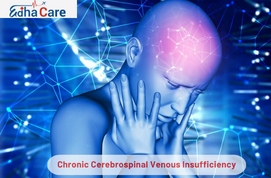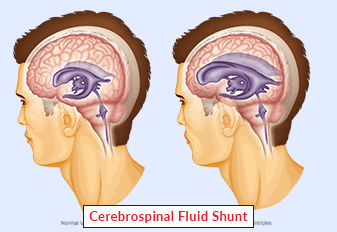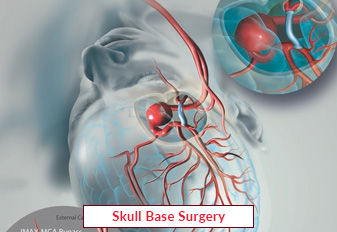Chronic Cerebrospinal Venous Insufficiency

A contentious ailment called Chronic Cerebrospinal Venous Insufficiency (CCSVI) has been connected to multiple sclerosis (MS). It implies that reduced blood supply from the spine and brain as a result of vein narrowing may have a role in the development of multiple sclerosis. However, there is still disagreement in the medical profession regarding the connection between CCSVI and MS. Fatigue, discomfort, and cognitive impairment are potential symptoms. Although specific causes are unknown, venous anomalies may be one of them. There are many different types of remedies, such as drugs, modifications to lifestyles, or surgeries to increase the flow of blood. To learn more about CCSVI's function and potential treatments, research on the disease and its relationship to MS is still going on.
Book an AppointmentAbout Chronic Cerebrospinal Venous Insufficiency
Symptoms: Weariness, discomfort, and cognitive impairment are some manifestations of Chronic Cerebrospinal Venous Insufficiency (CCSVI).
Causes: Although the precise cause of CCSVI is unknown, abnormalities in the structure in the veins that obstruct the flow of blood from the spinal cord and brain are thought to be a contributing factor.
Remedies: Options for therapy for CCSVI include blood flow-improving operations, medicines, and lifestyle changes; however, the effectiveness of these interventions is still being debated and researched.
Procedure of Chronic Cerebrospinal Venous Insufficiency
Diagnosis: Magnetic resonance venography or Doppler ultrasonography are commonly used imaging modalities to diagnose CCSVI.
Angioplasty: The most popular treatment for CCSVI entails dilating constricted or obstructed veins in the neck and chest with a balloon catheter.
Stent Placement: To help keep veins open and ensure sufficient blood flow, stents may occasionally be inserted into veins.
Access: A tiny incision in the groin area is typically used to execute the surgery, and it is through this incision that the catheter is introduced and guided to the afflicted veins.
Imaging Guidance: Fluoroscopy or ultrasound imaging is used during the procedure to guide the catheter's placement and track the effectiveness of the treatment
Recovery: Before being sent home after the procedure, patients might need to stay in the hospital for a short while for observation.
Follow-up: To track the patient's development and evaluate the efficacy of the treatment, routine follow-up visits with the healthcare practitioner are crucial.
Require Assistance?
Get A Quick Callback From Our Healthcare Experts






